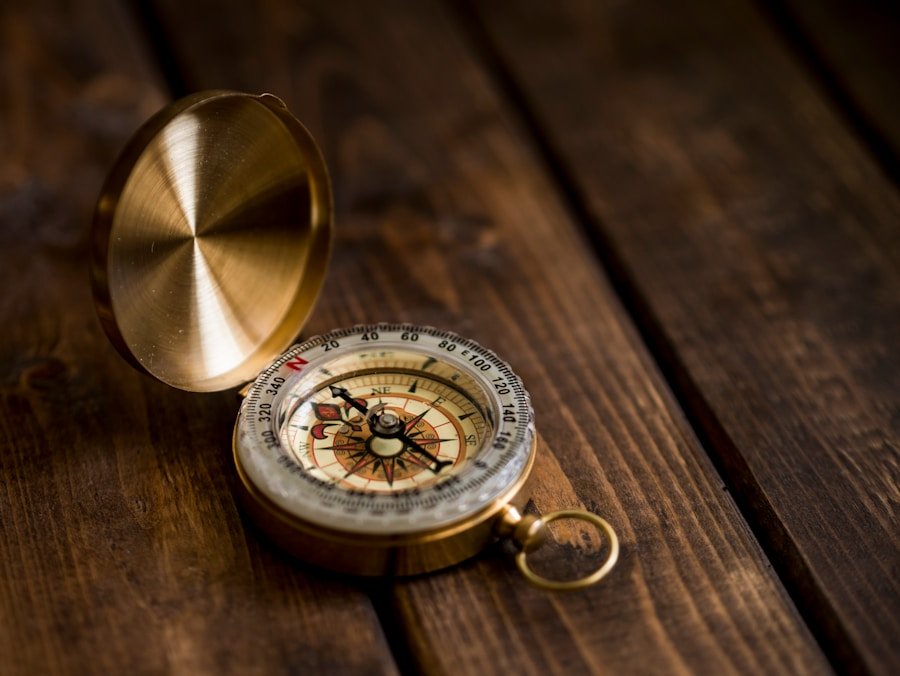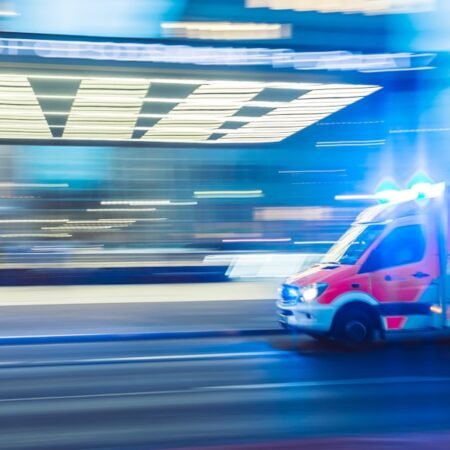When cooking over a campfire, selecting a safe location is crucial. It is essential to choose a spot that is far from overhanging branches, dry grass, and other flammable materials. Opt for a clear, open area that is at least 15 feet away from tents, trees, and other structures.
Additionally, consider the wind direction to avoid smoke and sparks blowing towards your campsite or other people. Clear the area of debris, such as leaves and twigs, that could easily catch fire. By taking these precautions, you can ensure that your campfire remains contained and under control.
Furthermore, it is vital to consider local regulations and guidelines when choosing a campfire location. Some areas may have specific rules regarding campfires, including where and when they are permitted. Check with local authorities before starting your fire to prevent accidental wildfires and ensure responsible camping practices.
By following these regulations, you can help protect both yourself and the surrounding environment. Overall, carefully selecting a safe campfire location is critical for both safety and environmental protection.
Key Takeaways
- Choose a safe location for your campfire away from overhanging branches, dry grass, and flammable materials.
- Properly build and maintain your campfire by using a fire ring or creating a fire pit, and never leave it unattended.
- Handle and store firewood and fuel safely by keeping them away from the fire and in a dry place.
- Use cooking utensils safely and maintain them by checking for any damage or wear before use.
- Practice personal safety precautions while cooking over a campfire by wearing appropriate clothing and using long utensils to avoid burns.
Properly Building and Maintaining Your Campfire
Once you have chosen a safe location for your campfire, the next step is to properly build and maintain it. Start by creating a fire ring or pit using rocks or a metal fire ring if available. This will help contain the fire and prevent it from spreading.
When building your fire, use small sticks and dry leaves as kindling, and gradually add larger pieces of wood as the fire grows. Be sure to never leave your campfire unattended and always have a source of water nearby in case the fire needs to be extinguished quickly. Additionally, it’s important to keep the fire at a manageable size and avoid building it too large, as this can increase the risk of it getting out of control.
In terms of maintaining your campfire, regularly tending to it is essential for keeping it safe. This includes adding more wood as needed, keeping the fire at a consistent size, and ensuring that it is burning evenly. It’s also important to never leave the fire unattended, especially when cooking over it.
By staying vigilant and actively maintaining your campfire, you can help prevent accidents and ensure that it remains under control. Overall, properly building and maintaining your campfire is crucial for cooking safely over an open flame.
Handling and Storing Firewood and Fuel Safely
In addition to building and maintaining your campfire, it’s important to handle and store firewood and fuel safely. When collecting firewood, be sure to only use wood that is dead and already on the ground. Avoid cutting or damaging live trees or branches, as this can harm the surrounding environment and disrupt the natural ecosystem.
It’s also important to inspect the wood for any signs of insects or disease before using it in your campfire. By being mindful of where you source your firewood from, you can help protect the local ecosystem and prevent the spread of pests and diseases. When it comes to storing firewood and fuel, it’s important to keep it in a dry, well-ventilated area away from your campsite.
This helps prevent moisture from accumulating in the wood, which can make it difficult to burn and produce excessive smoke. Additionally, storing firewood away from your campsite reduces the risk of insects or other pests being attracted to your camping area. By handling and storing firewood and fuel safely, you can ensure that your campfire burns efficiently and without any unnecessary risks.
Cooking Utensil Safety and Maintenance
| Safety Precaution | Description |
|---|---|
| Clear the area | Make sure there are no flammable materials near the campfire. |
| Supervise the fire | Never leave the campfire unattended and keep an eye on it at all times. |
| Use a fire ring or pit | Contain the fire in a designated area to prevent it from spreading. |
| Keep water nearby | Have a bucket of water or a hose nearby in case the fire needs to be extinguished quickly. |
| Extinguish the fire | Make sure the fire is completely out before leaving the campsite or going to sleep. |
When cooking over a campfire, it’s important to consider the safety and maintenance of your cooking utensils. Start by using long-handled utensils to cook over the fire, as this helps keep you at a safe distance from the flames and reduces the risk of burns. Additionally, be sure to regularly inspect your cooking utensils for any signs of wear or damage, such as rust or loose handles.
It’s also important to clean your utensils thoroughly after each use to prevent the buildup of food residue or grease, which can pose a fire hazard when cooking over an open flame. In terms of maintenance, be sure to regularly check that your cooking utensils are in good working condition before using them over a campfire. This includes ensuring that handles are securely attached, there are no cracks or holes in any pots or pans, and that any grates or racks are stable and level.
By taking these precautions, you can help prevent accidents and ensure that your cooking utensils are safe to use over a campfire. Overall, considering the safety and maintenance of your cooking utensils is crucial for cooking safely over an open flame.
Personal Safety Precautions While Cooking Over a Campfire
In addition to considering the safety of your campfire and cooking utensils, it’s important to take personal safety precautions while cooking over an open flame. Start by wearing appropriate clothing that is made from non-flammable materials and covers as much skin as possible. This helps protect you from sparks and embers that may fly out of the fire while cooking.
Additionally, be mindful of where you position yourself in relation to the fire, ensuring that you are not standing too close or directly over the flames. Another important personal safety precaution is to always have a first aid kit on hand in case of any accidents or injuries while cooking over a campfire. This should include basic supplies such as bandages, antiseptic ointment, and burn cream.
It’s also a good idea to have a fire extinguisher nearby in case of emergencies. By taking these personal safety precautions, you can help ensure that you are prepared for any potential risks while cooking over an open flame.
Extinguishing and Disposing of Your Campfire Safely
Once you have finished cooking over your campfire, it’s crucial to properly extinguish and dispose of it safely. Start by allowing the fire to burn down to a bed of coals before extinguishing it with water. Use a bucket or other container to pour water over the coals, stirring them with a shovel or stick to ensure that all embers are completely extinguished.
Be sure to continue adding water until there is no longer any steam or hissing coming from the coals. After extinguishing your campfire, it’s important to properly dispose of the ashes and remaining debris. Allow them to cool completely before carefully scooping them into a bag or container for disposal.
Be sure to follow any local regulations or guidelines for disposing of campfire ashes, as some areas may have specific requirements for how they should be handled. By properly extinguishing and disposing of your campfire, you can help prevent accidental wildfires and ensure that you are leaving the area in a safe and responsible condition.
Environmental Considerations and Leave No Trace Principles
Finally, when cooking over a campfire, it’s important to consider the environmental impact of your actions and follow Leave No Trace principles. This includes minimizing the impact on the surrounding environment by using existing fire rings or pits rather than creating new ones. It’s also important to avoid burning trash or other non-biodegradable materials in your campfire, as this can release harmful toxins into the air and soil.
Additionally, be sure to clean up after yourself by properly disposing of any food scraps or packaging materials. This helps prevent wildlife from being attracted to your campsite and reduces the risk of littering in natural areas. By following Leave No Trace principles while cooking over a campfire, you can help preserve the beauty of the outdoors for future generations to enjoy.
In conclusion, there are several safety precautions to keep in mind when cooking over a campfire. From choosing a safe location for your fire to properly handling and maintaining firewood and fuel, these precautions are essential for ensuring that you can cook safely over an open flame. By considering personal safety precautions while cooking and following Leave No Trace principles for environmental considerations, you can help protect yourself and the surrounding environment while enjoying the experience of cooking over a campfire.
Overall, taking these safety precautions into account will help ensure that your camping trip is both enjoyable and safe for everyone involved.
FAQs
What are some general safety precautions to keep in mind when cooking over a campfire?
– Always make sure the campfire is allowed in the area you are camping and follow any regulations or guidelines set by the local authorities. – Choose a safe location for the campfire, away from overhanging branches, dry grass, or any flammable materials. – Keep a bucket of water, sand, or a fire extinguisher nearby in case the fire gets out of control. – Never leave the campfire unattended and always fully extinguish it before leaving the area or going to sleep.
What are some safety precautions specifically related to cooking over a campfire?
– Use a stable and sturdy cooking surface, such as a grill or a flat rock, to prevent pots and pans from tipping over. – Avoid wearing loose clothing that could easily catch fire and use long-handled utensils to keep a safe distance from the flames. – Be mindful of the wind direction to prevent it from blowing sparks or embers onto you or your cooking area. – Keep a first aid kit handy in case of burns or other cooking-related injuries.













